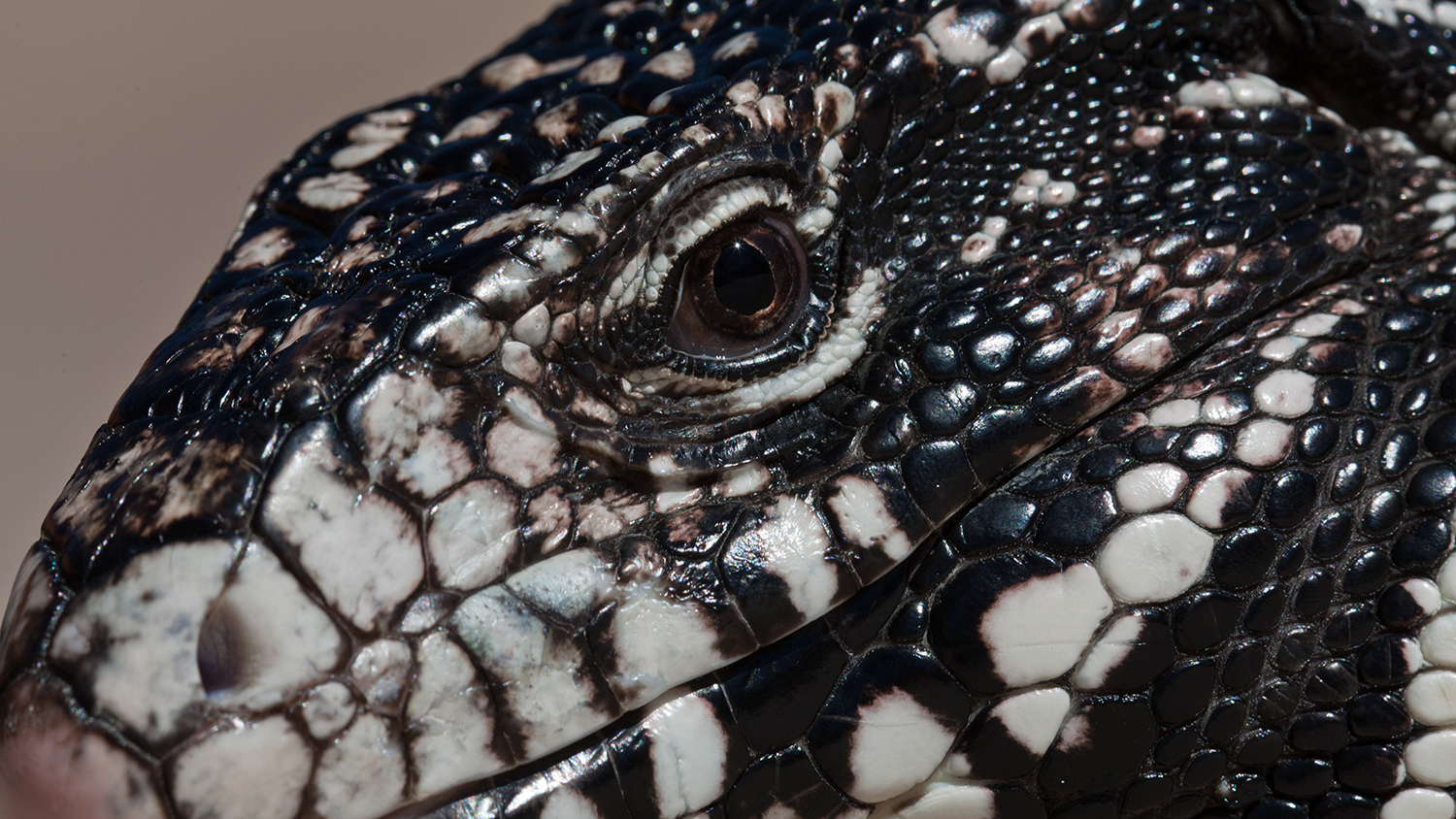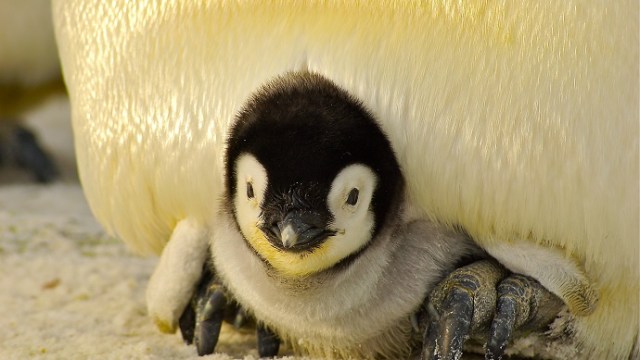Flesh-Eating African Lizards Are Roaming Florida. Thanks, Pet Trade.

Alien species winding up where they don’t belong is getting to be a worryingly ho-hum occurrence, from Asian kudzu creeping its way across the eastern U.S., to lion fish eating their way through Caribbean coral reefs, to zebra and quagga mussels from eastern European waters throwing Great Lakes ecosystems out of whack. But this invader is different: It bites.
Florida is now home to three breeding populations of West African Nile monitors. Just to be clear, these are not cute little things. Nile monitors are the largest lizards in Africa, and now the biggest ones in Florida. These flesh-eaters grow to be as long as 2 meters (roughly six feet). They’re aggressive predators who eat mammals—wait, that’s us—birds, reptiles, amphibians, fish and eggs.

It’s believed the monitors were first shipped to the U.S. as young pets and then released by their owners. Three shipments arrived at three Florida locations: Cape Coral, Homestead, and West Palm Beach. Since monitors love waterfront property just as much as the humans who purchase that pricey real estate, these three places are now the sites for their breeding colonies.
And boy, do they breed, laying up to 60 eggs in a single clutch. The largest colony, Cape Coral, has over 1,000 monitors.

This why a Google search finds articles like, “Nile monitor lizards invaded Florida and they’re winning the battle” and “WHAT SHOULD WE DO ABOUT THE GIANT LIZARDS?”
Researchers think that the fact that the invaders are the newly classifiedWest African Nile monitors means that at least this is just Florida’s problem for now. DNA studies by Stephanie Dowell of Fordham University and her supervisor Evon Hekkala only recently revealed the West African Nile monitor to be genetically distinct from North and South Africa Nile monitors. If South African Nile monitors were roaming the Sunshine State, Hekkala told The Atlantic, “[That monitor’s] invasiveness is much greater. It is so pre-adapted to the North American climate that it could spread almost to Chicago, even without climate change.”
The lessons for us all seem clear. Well, first, watch out if you’ll be walking in Florida. (The state is actually an evasive-species magnet.)
Second, and more importantly, non-native creatures are not sensible pet candidates.

They can wreak havoc on native species when they escape. It’s bad enough when alien organisms are imported unknowingly, but acting on an exotic-species infatuation is just a disaster waiting to happen. Especially when that cute little thing grows up and goes looking for something, or someone, to eat.
–Headline image: Jeppestown





